|
According to 2021 headlines, the metaverse was supposed to change my life. But that has not happened yet.
The metaverse has no official definition, but it is broadly understood as a shared, interactive virtual space. The term comes from Neal Stephenson’s 1992 sci-fi novel Snow Crash, a cult favorite among tech executives.
Today, the metaverse is often associated with VR and AR, where users are fully immersed in the virtual space via a headset or see it layered onto their physical surroundings via smart glasses. But two-dimensional metaverses like Second Life, World of War Craft, Roblox, SimCity 2000, and Club Penguin have been around since the late 90s. I actually was a regular in a metaverse as a kid: Neopets.
The term “metaverse” was on everyone’s tongue in 2021 following the rebrand of Facebook into Meta and the launch of Horizon World, its online, VR multiplayer world. A revolution was promised: the technology would alter social interaction, the way we work, and our digital lives. We were told that we would meet our friends in the metaverse, host meetings, do our best work, play games, date, experience art, go to concerts.
There are some communities that do love the metaverse for the freedom they get to experience there. Yet, the reaction from the broader audience has been lukewarm and the VR metaverse is generally empty. In addition to the cost barrier, people were not enthusiastic about the subpar graphics, general lack of a solid use case, and the initially legless avatars (Meta’s announcement of legs in October 2022 with the caption “Legs are coming soon! Are you excited?“ is very telling of how big the leg problem was). It seems that Meta’s Horizon World is currently run by a bunch of pre-adolescents. It is all a far stretch from the virtual revolution that we were promised a few years back.
Still, the metaverse has hosted some interesting projects over the past years and Mark Zuckerberg recently declared 2025 a pivotal year for the technology, as VR headsets get increasingly cheaper.
Digital worlds are rapidly evolving, and it feels inevitable to reflect on the purpose and role we want the metaverse to play in our lives.
Do you or have you explored some form of the metaverse?
Sanjna
|
The good metaverse
There is still a lot of discussion around what the purpose of the metaverse should be. Here are three examples of ways it is being used for positive impact.
|
Digital architecture
There is a real estate market in the metaverse, with people paying considerable money for virtual homes. Architects are experimenting in the digital realm, enjoying the creative freedom that a world without weather, actual physics, or material limitations offers.
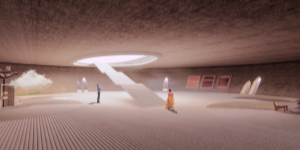
|
Noor Architects
Architecture studio Noor began experimenting with the metaverse, playing with the aesthetic of clay and earth in the virtual and embedding cultural references such as Chandighar’s Open Hand monument.
|

|
the Mirage - Alexis Christopoulou
The space is designed as a vessel for the spiritual transition into the digital existence. It was developed as part of “The Row”, a series of exclusive digital properties for members only.
|
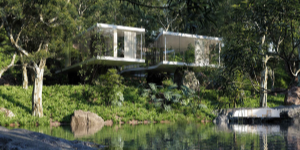
|
Casa Atibaia - Nicholas Préaud
Nicolas Préaud creates dreamlike digital architecture, often with the ambition of transforming it into reality. Casa Atibaia is one such example—nestled in a digital rainforest, its airy rooms might soon take shape in the physical world.
|
|
Through art

|
RMB City - Cao Fei (2008-2011)
Cao Fei was introduced to Second Life in 2006. She then experimented with its world-building capabilities and created her avatar China Tracy. RMB City was a surrealist, fictional city that united modern and ancient elements of Chinese urbanism.
|
|
Search History – Space Popular (2022)
At an exhibition at MAXXI museum in Rome, architecture and design studio Space Popular built installations which apply the philosophy of Italian post-war architect Aldo Rossi to the metaverse.
|
|
Worlding with the Virtual – Klima Magazine (2022)
Klima Magazine is a Swiss-based arts magazine. Composed together with Fabbula research group, their fourth edition explores the meeting of virtual and real worlds, avatars, “worlding” and worldbuilding.
|
|
Multi-meta-media
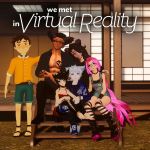
We Met in Virtual Reality
Documentary, 2022
Shot completely in VR, we follow various fans of VRChat. The individuals and communities that are portrayed here enjoy a freedom in VR that they feel is lacking in the physical world.
Available on HBO.
|
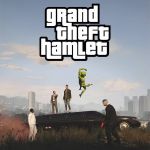
Grand Theft Hamlet
Documentary, 2025
Digital worlds became popular in times where socializing was not possible. In 2021, during the lockdowns, a group of theater professionals decided to put on a production of Shakespeare’s Hamlet in GTA.
Available on Mubi.
|

Club Penguin: Gone But Not Forgotten
Video essay, 2024
Club Penguin was a beloved multiplayer online game where users could create and customize their penguin avatars. This video traces its rise and fall, from one of the safest digital spaces for children, to being bought by Disney, and lastly being run by fans.
|
|
|
Our recent favorites
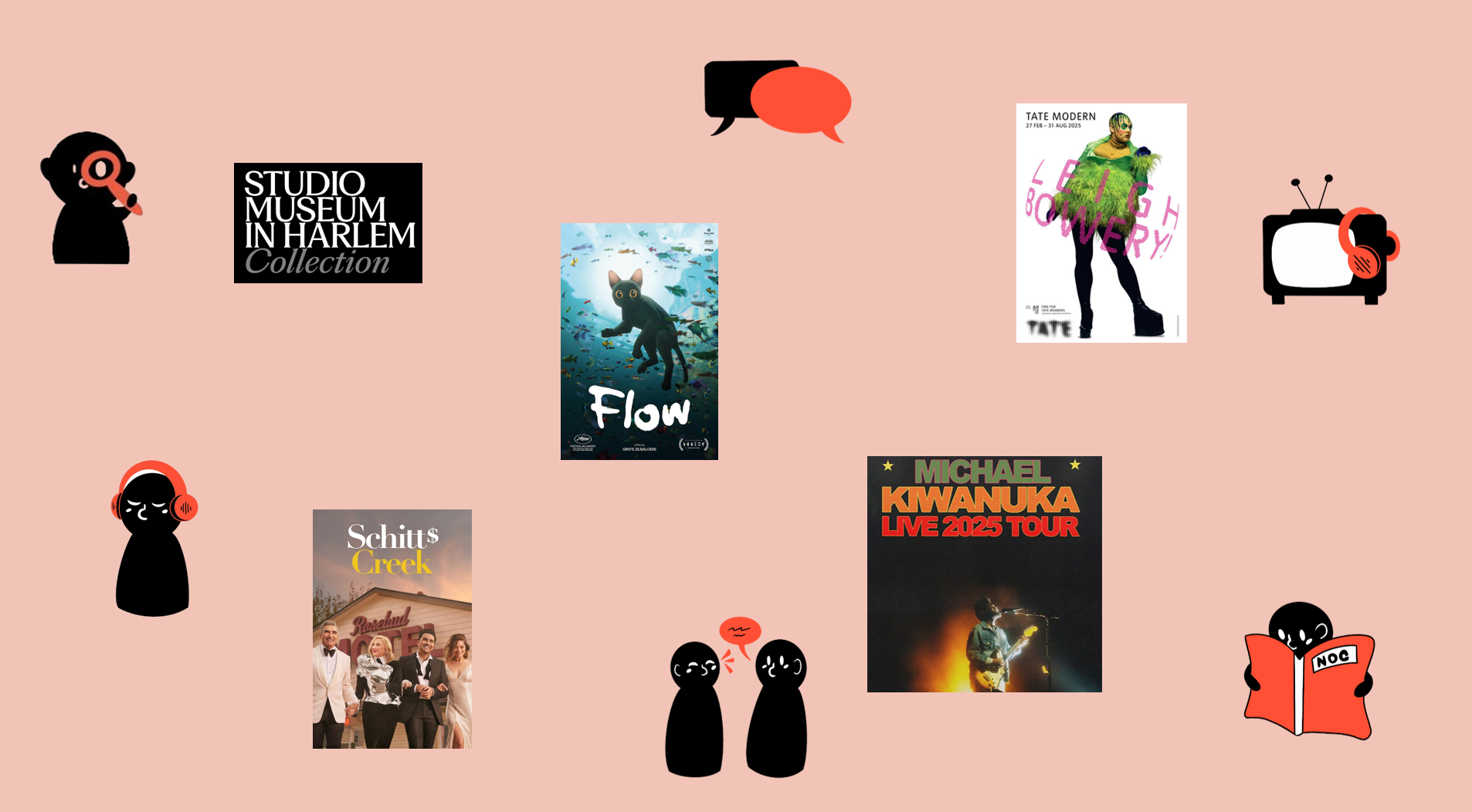
|
|
|
|
NOC is a constant work-in-progress. We want to hear your thoughts, recommendations and ideas—reply to the newsletter via email or write to us on social media (LinkedIn or Instagram). Your input will help shape where we go next!
You can browse past editions on our website.
Was this email forwarded to you? You can register to our newsletter here.
One ask from us: to avoid our newsletter landing in your spam inbox, add our email address as a contact.
|
|